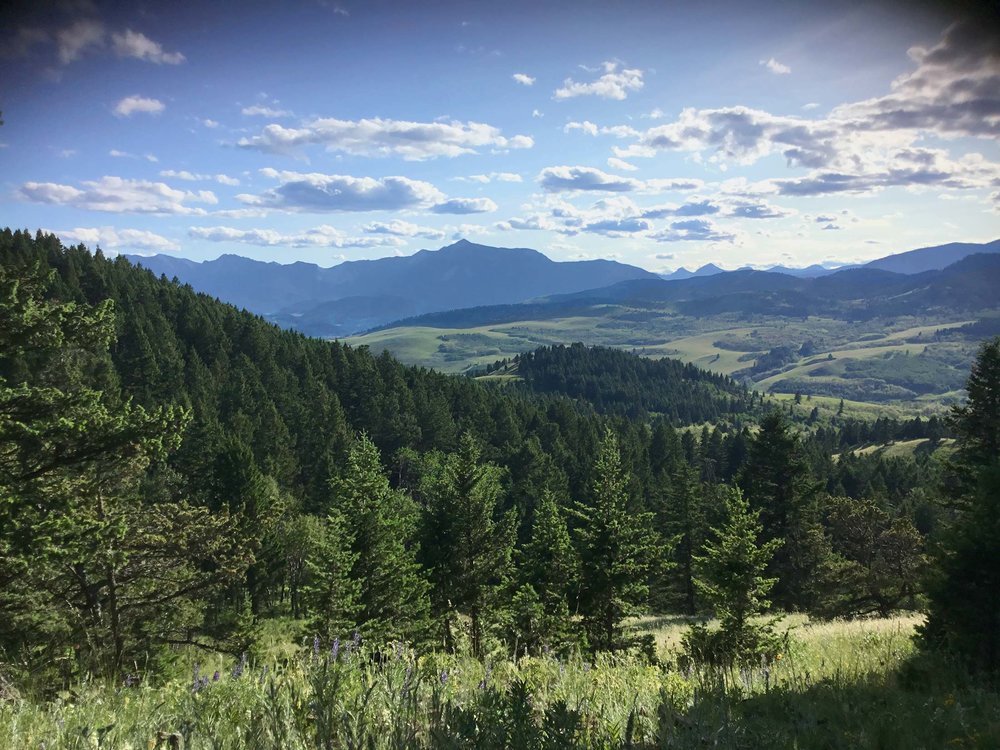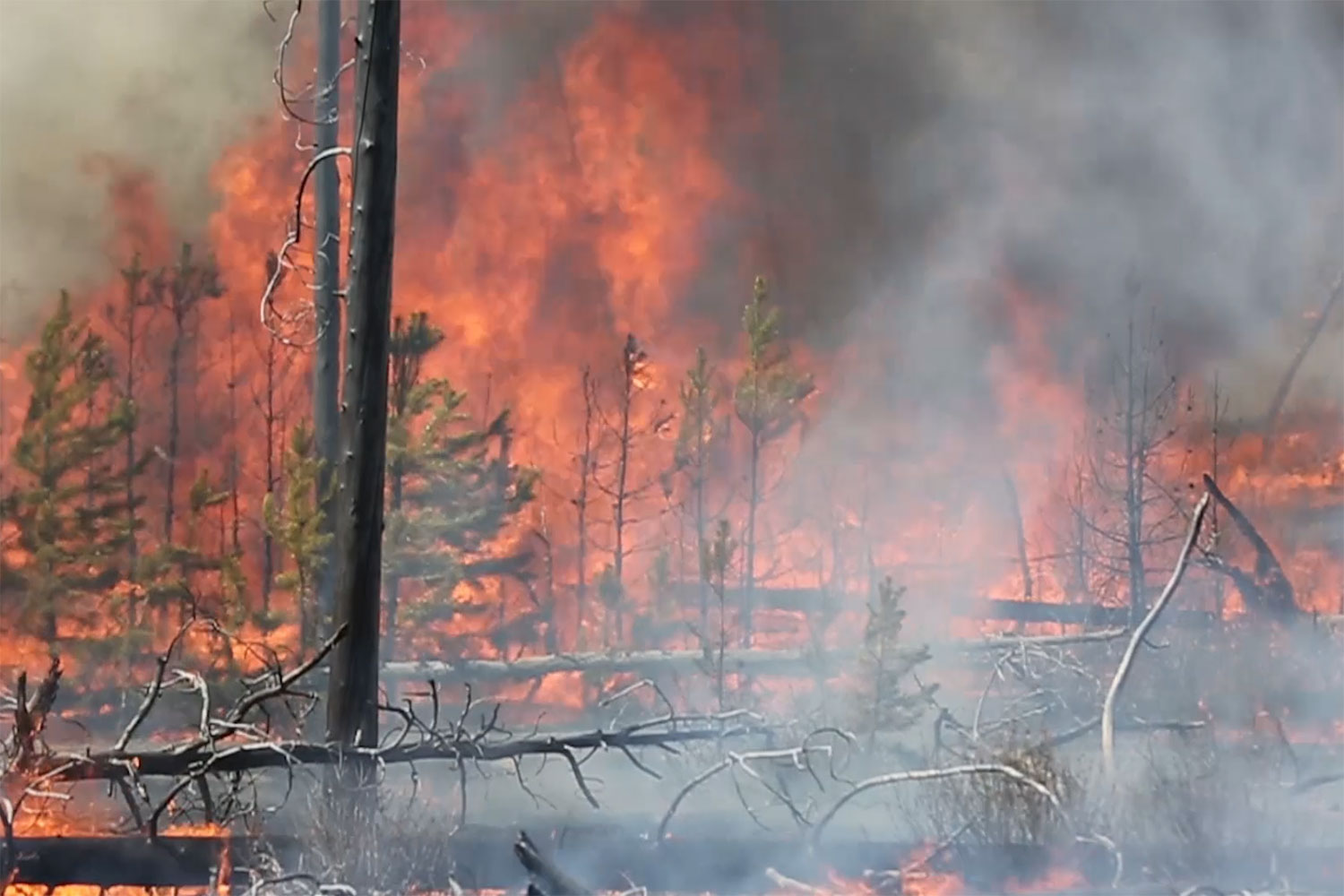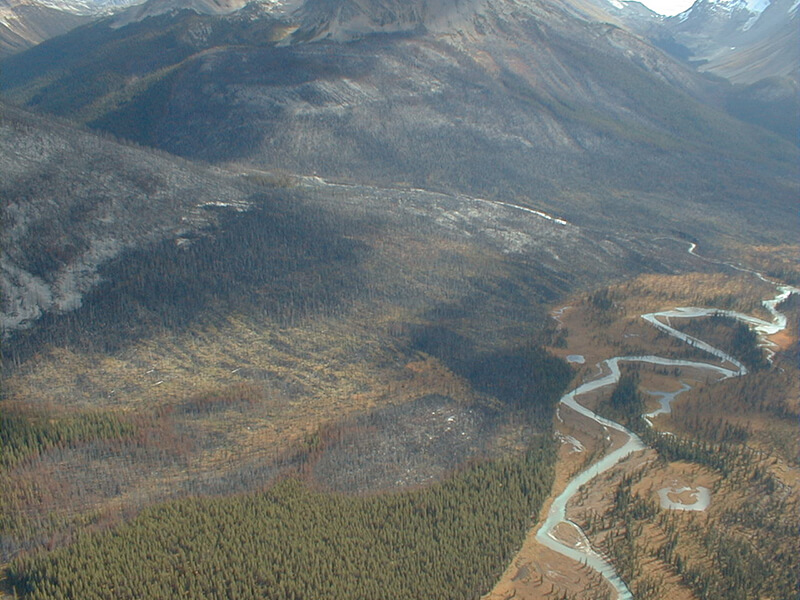
Abstract
To investigate drought influences on mixed-severity fire regimes in montane forests of southeastern British Columbia, we developed a Douglas-fir latewood-width chronology and tested its associations with drought records across the fire season. Associations were strong between drought and latewood-widths particularly from June–August. Based on the chronology, we reconstructed the summer Drought Code, an index of moisture content in slow drying deep compact organics in the soil and coarse woody fuels. Using the summer Drought Code and an existing reconstruction of the summer Palmer Drought Severity Index, representing moisture content in the quick drying duff layer, we tested fire-drought associations using fire-scar records. Subtle differences in fire-drought associations reflected distinct drying rates and overwintering capacity among forest fuels represented by each summer drought reconstruction. We interpreted that variable fuel moisture conditions across fuels influenced fire occurrence. Specifically, when the summer Drought Code exceeded 344 and the summer Palmer Drought Severity Index was below 0.08, we found greater chances of fire occurrence across one to multiple sites. We anticipate application of these thresholds with climate change scenarios may provide insights on how mixed-severity fire regimes could be impacted in montane forests of southeastern British Columbia.
Read the full article here.
Citation
Raphaël D. Chavardès, Lori D. Daniels, Bianca N.I. Eskelson, and Ze’ev Gedalof (2020). “Using complementary drought proxies improves interpretations of fire histories in montane forests.” Tree-Ring Research. DOI: 10.3959/TRR2019-10a








